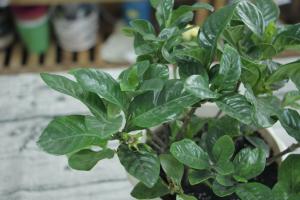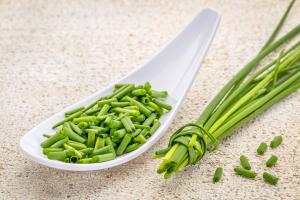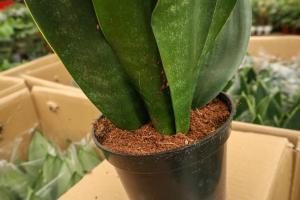When to Plant Tomatoes in the Pacific Northwest
Tomatoes are one of the most popular vegetables in the world, loved for their tangy flavor and versatile culinary applications. If you live in the Pacific Northwest, you may be wondering when the best time is to plant tomatoes in your garden. In this article, we'll explore the climate and growing conditions of the Pacific Northwest and provide some tips for successfully growing tomatoes.
The Climate of the Pacific Northwest
The Pacific Northwest is known for its cool, damp climate with mild summers and rainy winters. This climate is not ideal for growing tomatoes, which thrive in warm, sunny conditions. However, with careful planning and attention to soil conditions and planting schedules, it is possible to successfully grow tomatoes in the Pacific Northwest.
Choosing the Right Tomato Varieties
One of the keys to success in growing tomatoes in the Pacific Northwest is to choose varieties that are well-suited to the region's climate. Look for tomato varieties that are labeled as "cool climate" or "early-maturing." These plants are more likely to do well in the Pacific Northwest's mild summers.
Some popular tomato varieties for the Pacific Northwest include Glacier, Sub-Arctic Plenty, and Stupice. These varieties are known for their hardiness and ability to produce ripe fruit in less-than-ideal growing conditions.
Preparing Your Soil
Tomatoes thrive in well-draining, nutrient-rich soil. Before planting your tomatoes, be sure to amend your soil with plenty of organic matter, such as compost or aged manure. This will help ensure that your plants have enough nutrients to grow and produce healthy fruit.
If you have heavy clay soil, you may want to consider raised beds or container gardening. These methods allow you to control the quality of your soil and drainage more easily than planting directly in the ground.
When to Plant
In the Pacific Northwest, the growing season for tomatoes is relatively short. To maximize your chances of success, it is important to plant your tomatoes at the right time.
Generally, it is best to wait until after the last frost date to plant your tomatoes. In the Pacific Northwest, this date can vary depending on your location. Some areas may have a last frost date as early as late February or early March, while others may not see their last frost until late April or early May.
You should also consider the number of days to maturity for the tomato variety you have chosen. Some varieties may take 90 days or more to mature and produce fruit, while others may produce fruit in as little as 60 days. Make sure to choose a variety with a maturity date that falls within your region's growing season.
Caring for Your Tomato Plants
Once your tomato plants are in the ground or containers, it is important to care for them properly. Keep the soil consistently moist, but not waterlogged, and fertilize regularly with a balanced fertilizer. Be sure to provide support for your plants with stakes or cages, as tomatoes can become quite heavy and prone to breaking.
In addition, watch for signs of pests or disease, such as yellowing leaves or spotted fruit. If you notice any issues, take action immediately to prevent the problem from spreading.
Harvesting Your Tomatoes
When your tomato plants begin to produce fruit, it can be tempting to start picking them right away. However, it is important to wait until the tomatoes are fully ripe before harvesting them. This will ensure that they are at their peak flavor and texture.
To harvest your tomatoes, gently twist the fruit off the vine or clip the stem with a sharp pair of scissors. Be sure to handle your tomatoes gently to avoid bruising or damaging the fruit. You can store ripe tomatoes at room temperature for a few days, or in the refrigerator for longer-term storage.
Conclusion
While the Pacific Northwest's cool, damp climate may not be ideal for growing tomatoes, with the right variety selection and growing techniques, it is definitely possible. By choosing the right tomato varieties, properly preparing your soil, planting at the right time, caring for your plants, and harvesting your fruit carefully, you can enjoy a bountiful tomato harvest all summer long.

 how many times do yo...
how many times do yo... how many planted tre...
how many planted tre... how many pine trees ...
how many pine trees ... how many pecan trees...
how many pecan trees... how many plants comp...
how many plants comp... how many plants can ...
how many plants can ... how many plants and ...
how many plants and ... how many pepper plan...
how many pepper plan...
































